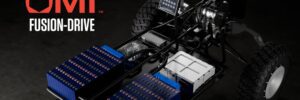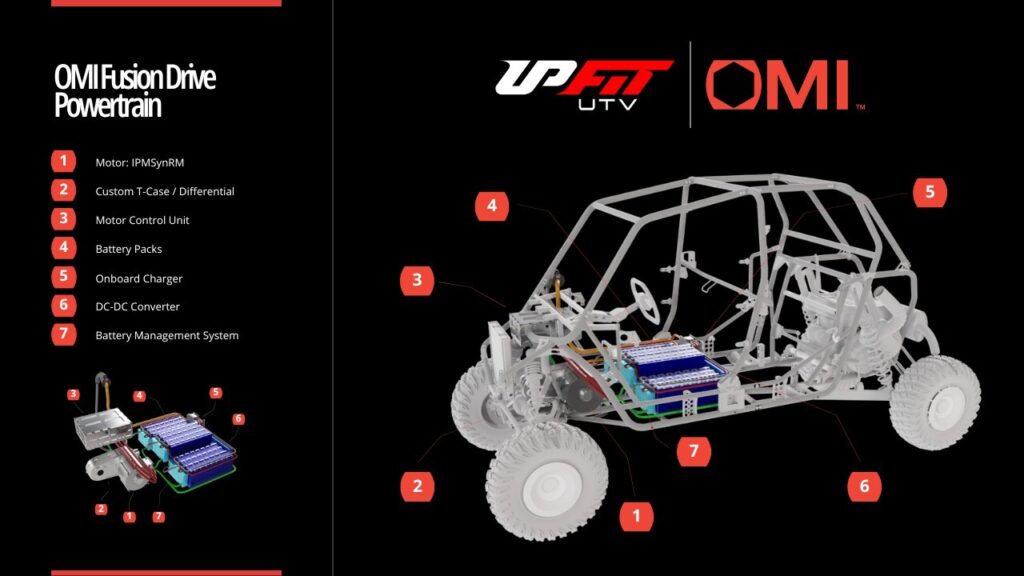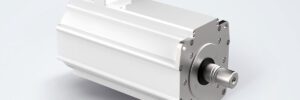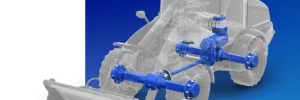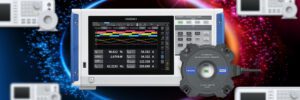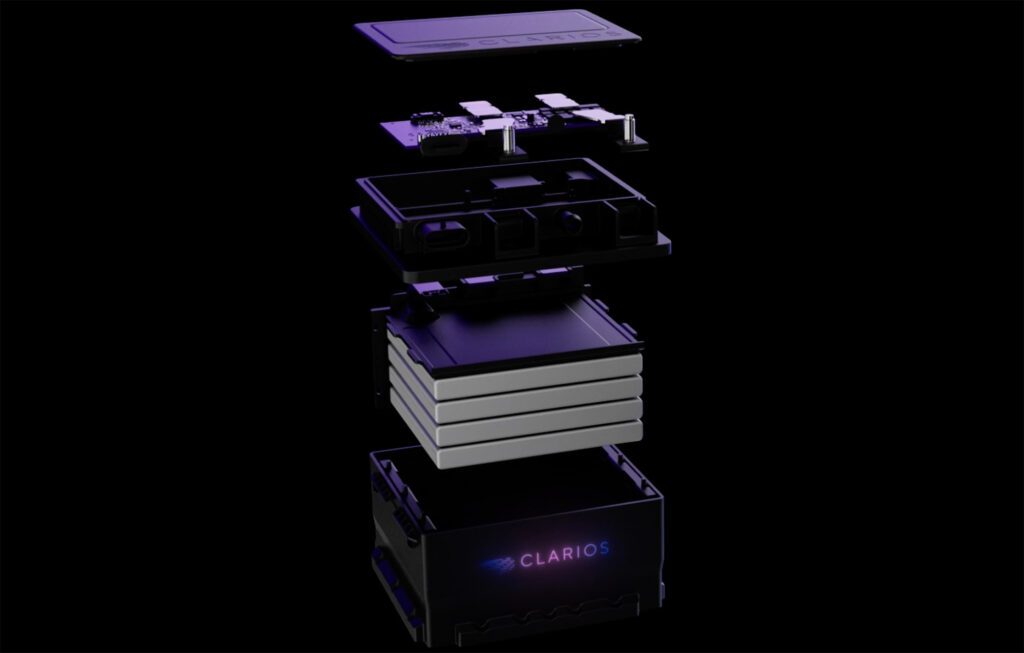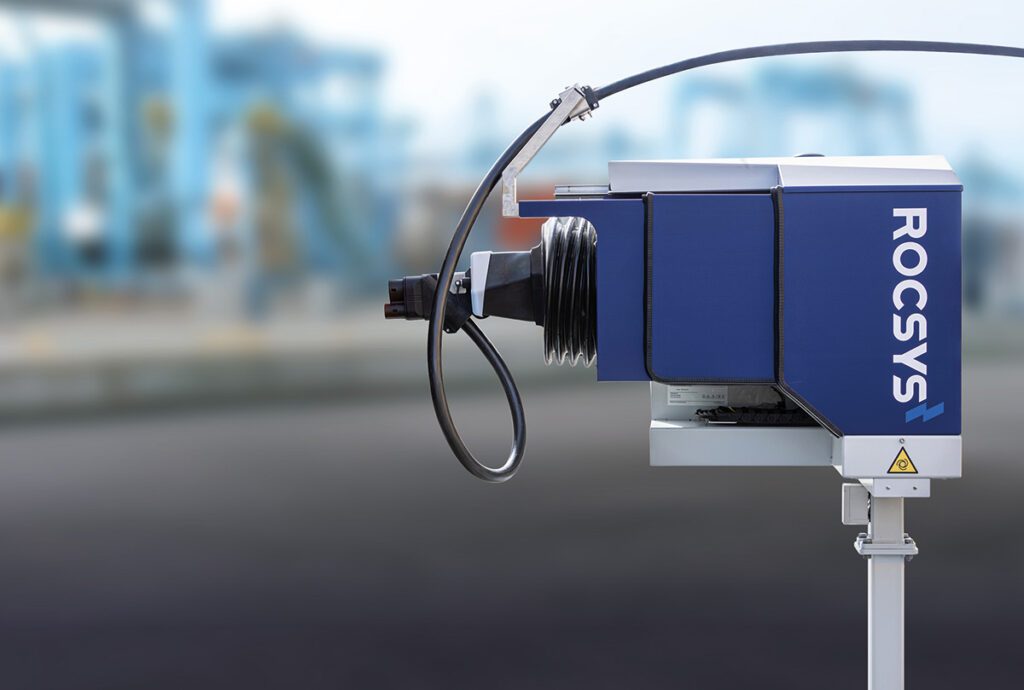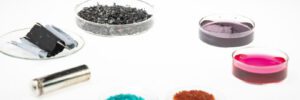
The three-year, Finland-based BATCircle3.0 project led by Aalto University has launched with a strategic focus on battery material refining and battery recycling.
In October 2024, Business Finland granted the consortium €13.4 million in funding for the next three years. BATCircle3.0 is a key project in Business Finland’s Hydrogen & Batteries—Dual Helix of Decarbonization program. The consortium targets the material transition in energy storage and aims to build on the first two iterations of the project that ran from 2019-2024.
BATCircle3.0 aims to enhance the circulation of valuable battery materials and develop feasible solutions for components that are currently not recycled. The consortium is looking to develop next-generation battery chemistries and characterization methods as well as to understand the recyclability of future battery waste fractions to establish a common approach to processing, recycling and chemical circulation.
BATCircle3.0 comprises three universities (Aalto University, University of Oulu, LUT University), one research center (VTT), and several private companies.
“We are honored to continue the BATCircle saga with a focus on material transition in energy storage,” said Mari Lundström, Principal Investigator of BATCircle3.0 and Associate Professor at Aalto University, School of Chemical Engineering. “Research focus has reformed from previous projects with a major emphasis on battery recycling and battery materials processing. We expect to create new innovations and future business potential for domestic battery metals ecosystem enabling the growth of a European ecosystem and further strengthening Finland´s position in the field.”
Source: BATCircle3.0


